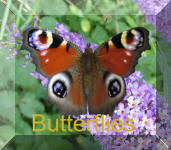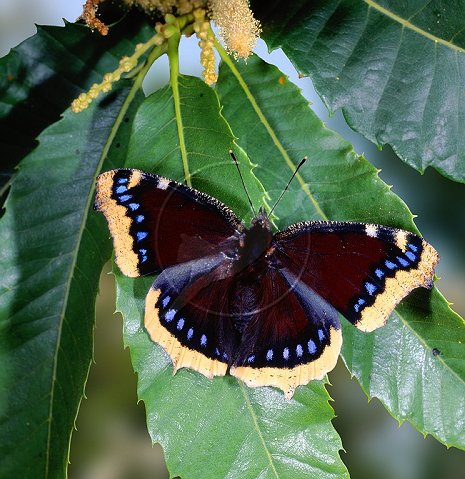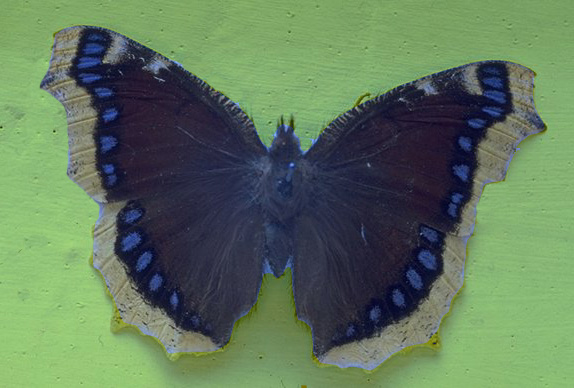BACK TO

Wingspan 7 6- 88mm.
It is named after its first reported sighting in Britain, near Camberwell in south-east London, in 1748.
A spectacular species. It is a Rare migrant and powerful migrant reaching areas to the north and west of its range . Quite often to be found taking sap from trees, thonly occasionally visiting a thistle for sustenance.
Description:
The uppersides are dark reddish purple. The margins of both wings are creamy-yellow. Inside this the wings have a line of blue spots. The underside is dark with a yellow border. Males and females are similar.


(C) COPYRIGHT WARREN PHOTOGRAPHY
The Camberwell Beauty is a large and striking butterfly rarely seen in
Britain and Ireland, but which occasionally arrives in large numbers. Most
of the individuals seen here probably migrate from Scandinavia where it
is widespread and sometimes locally abundant. When they arrive, the adults
are known to visit gardens and nectar on buddleias.
Range
Widespread across central Europe to Norway and Sweden, and found across
Asia and North America.
Diet
A range of tree species is used, mainly willows (Salix spp.), elms (Ulmus
spp.), and poplars (Populus spp.).
Habitat & Ecology
The Camberwell Beauty is normally found in woodland habitats in mainland
Europe. It also breeds in a range of other habitats such as river valleys,
dunes, parks, and gardens. The larval foodplants are species of willow,
elm or poplar. The species is univoltine with adults overwintering. The
adults are wide-ranging. There are no records of breeding in Britain and
Ireland, and it is considered climatic conditions are not suitable for
successful overwintering by adults.